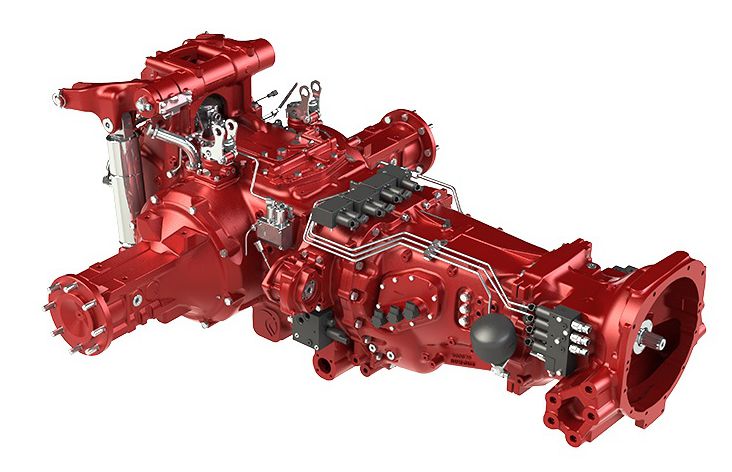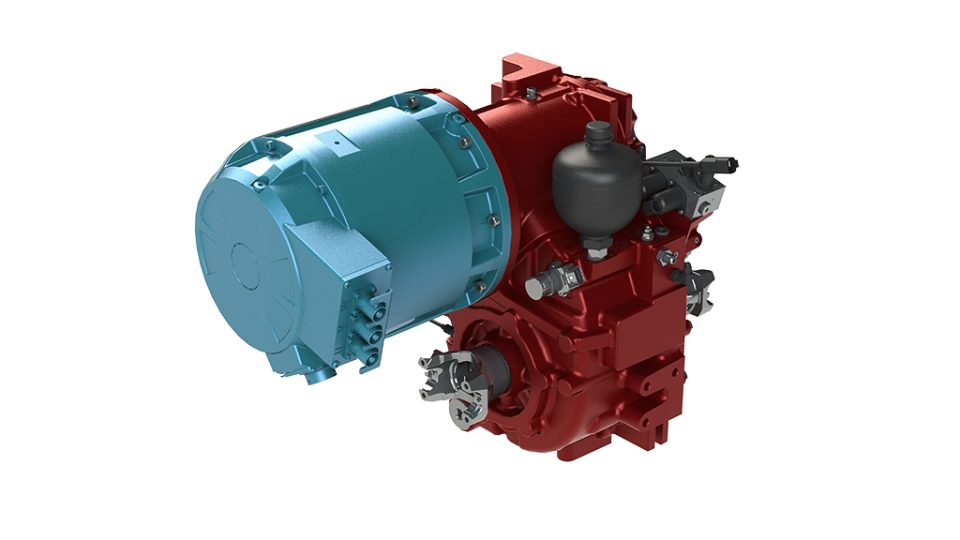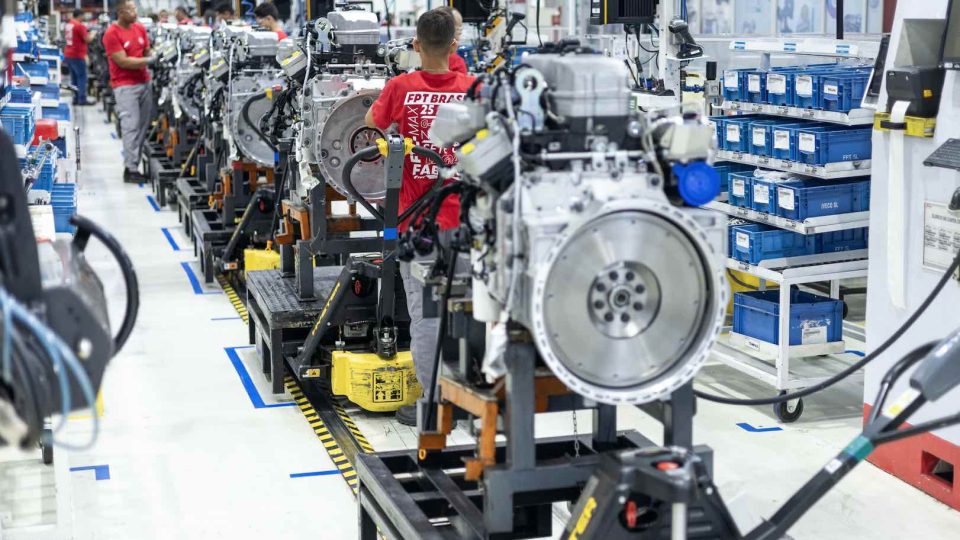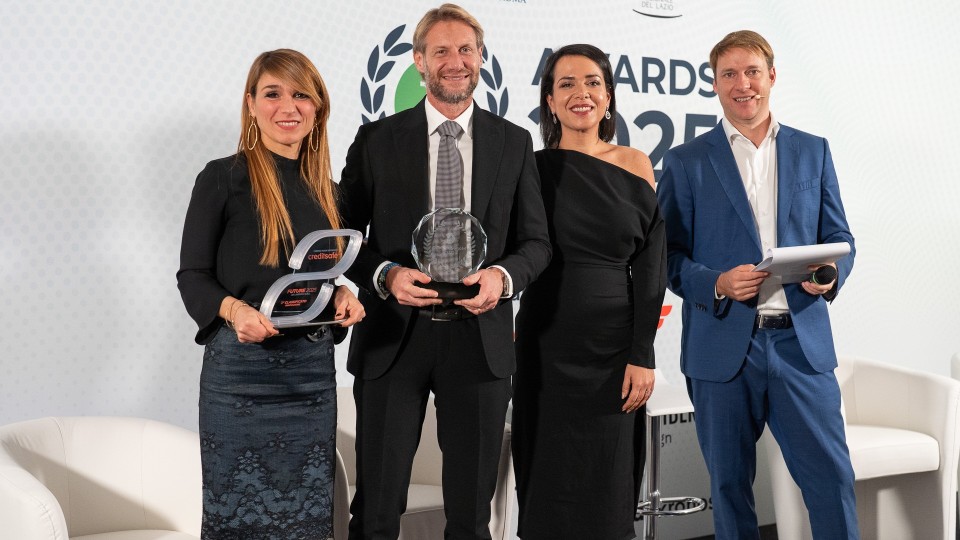Africa Needs to Finance its Energy Addition then Transition
Africa 's oil and gas producers should seek to maximize their own capacities as they develop their own subsurface resources
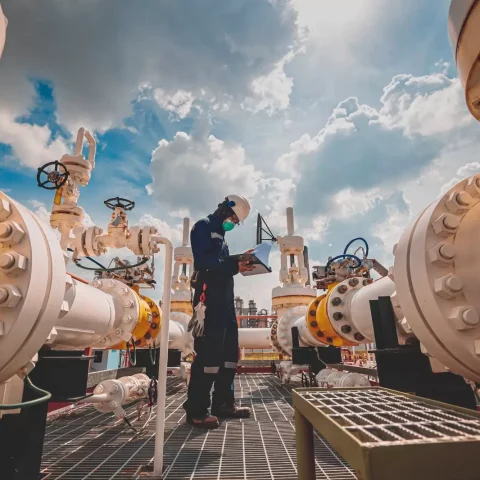
According to African Energy Chamber, African oil and gas producers should also seek to maximize their own capacities as they develop their own subsurface resources.
A perspective from Africa: one of the most important things to come out of COP15, the 2009 United Nations Climate Change Conference in Copenhagen, was the formal recognition of the fact that lower-income countries were not in a position to bear as much of the cost of the energy transition as their higher-income counterparts.
That recognition was spelled out in the section of the Copenhagen Accord that included a pledge from the world’s highly developed states to provide the developing world with at least USD30 billion a year in financing for energy transition and climate change mitigation projects. Under the accord, funding was supposed to remain at that level for three years and then start rising, reaching USD100 billion per year by 2020.
USD100 Billion Goal
If nothing else, it served to establish USD100 billion per year as the long-term target the UN would keep trying to hit after 2009 with respect to mobilizing climate financing for lower-income countries.
And the UN criticized it for that. AEC quote the organization’s own webpage, using words that appear to have been published in mid-2023: “So far, the $100 billion goal has not been reached … and the distribution of funds has not been equitable. In 2020, based on the latest OECD (Organization for Economic Co-operation and Development) data, developed countries provided $83.3 billion. Only 8% of the total went to low-income countries and about a quarter to Africa.”
Since then, the OECD has published more up-to-date data. And while it shows encouraging signs, it also shows total financing has continued to miss the mark after the deadline. It said: “In 2021, total climate finance provided and mobilized by developed countries for developing countries amounted to USD 89.6 billion, showing a significant 7.6% increase over the previous year.”
The OECD also stated that it expected the USD100 billion annual target to be met in 2022. At this point, though, the organization hasn’t been able to confirm whether its forecast was correct.
UNEP says
“Countries may need to spend up to $300 billion a year by 2030 and $500 billion by 2050, according to the United Nations Environment Programme (UNEP),” the UN’s webpage explains. “Yet these estimated costs are five to 10 times greater than current funding flows. The Climate Policy Initiative found that the world today spends under $50 billion on adaptation a year, less than 10% of climate investments overall. This disparity is less acute but still evident in the $100 billion commitment.”
In the process, the African countries are supposed to meet several other complementary goals:
- Minimize emissions: It is possible to reduce the carbon emissions intensity of oil and gas development, as Eni is doing offshore Côte d’Ivoire. The Italian major started production at Baleine, which is Africa’s first Scope-1 and -2 emissions-free project, in August of this year. Its example can and should be emulated.
- Domestic gas and power development: States of Africa that possess natural gas should seek to promote the formation of domestic gas markets and infrastructure, either by reserving a portion of their hydrocarbon revenues for this purpose or by enlisting the help of their foreign partners. They need to build gas-fired plants that can provide cleaner power than existing coal- and petroleum product-burning plants; liquid petroleum gas (LPG) plants that can replace traditional biomass fuels such as wood and charcoal, which contribute to health problems and deforestation; and compressed natural gas (CNG) plants that can produce fuel for vehicles. They must establish additional pipelines, fuel distribution networks, and electricity lines to ensure that both rural and urban consumers can access these new resources and escape energy poverty. As they do so, they will establish the transmission and distribution infrastructure needed for renewable energy facilities. They will also be building pipelines that can carry hydrogen, or a mixture of natural gas and hydrogen.
- Invest in local capacity: African oil and gas producers should also seek to maximize their own capacities as they develop their own subsurface resources. The development process should focus on training for local workers, technology transfers, and investment in related sectors of the economy — including those that can add value to the natural resources themselves, such as refining and petrochemicals.
Africa Energy Bank
In May 2022, the African Export-Import Bank (Afreximbank) signed an agreement with the African Petroleum Producers Organization (APPO) on the joint establishment of a special multi-lateral financial institution (MFI) – the African Energy Bank (AEB) – to provide support for the shift away from fossil fuels. The agreement calls for APPO’s member states to provide equity for the new institution and serve as its founding members, with Afreximbank acting as co-investor and providing organizational support.

